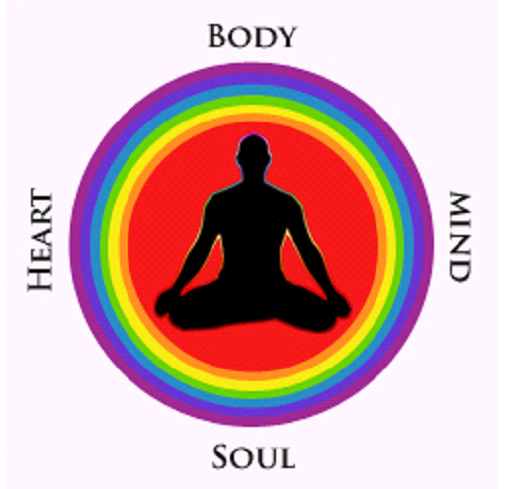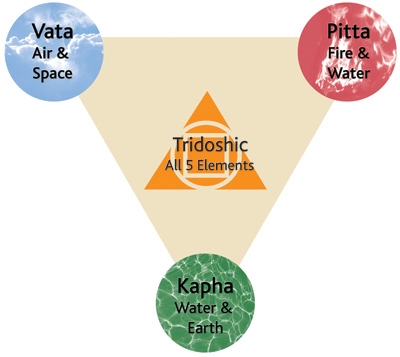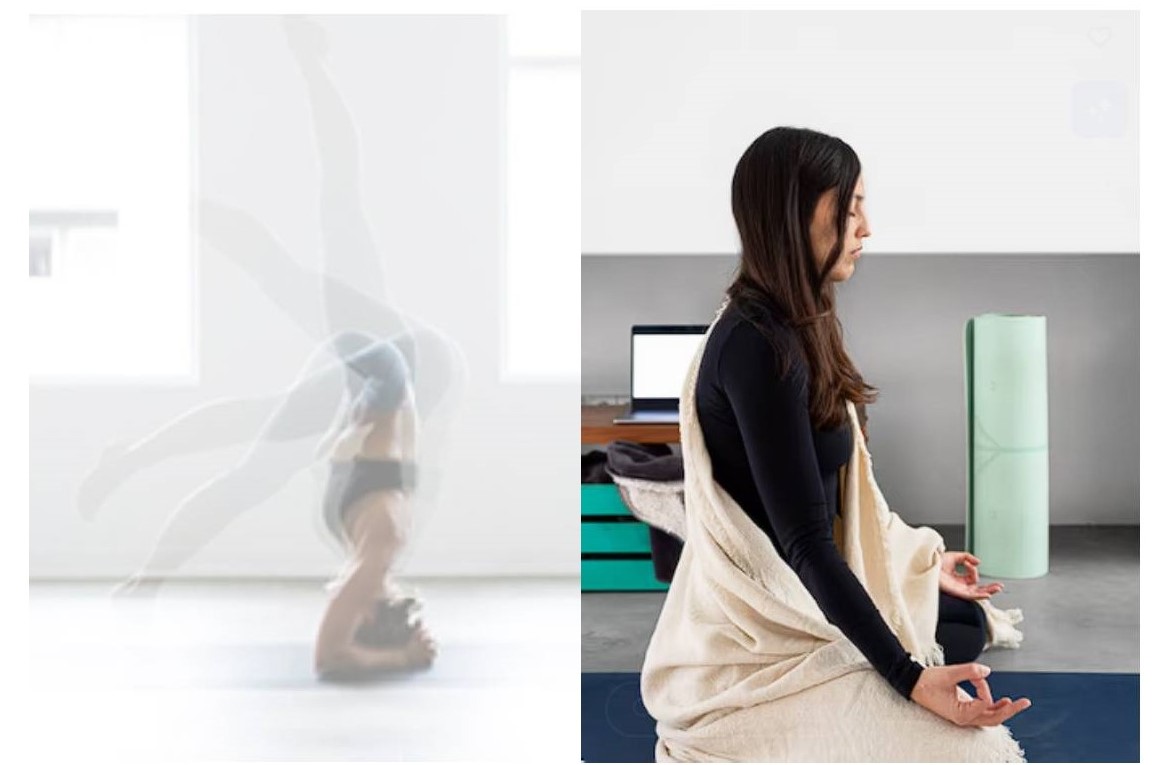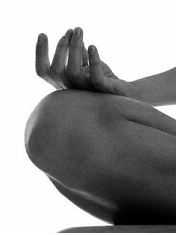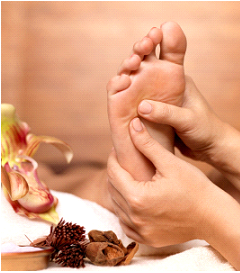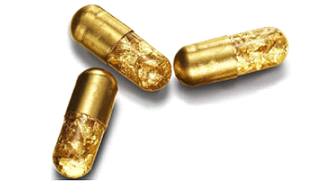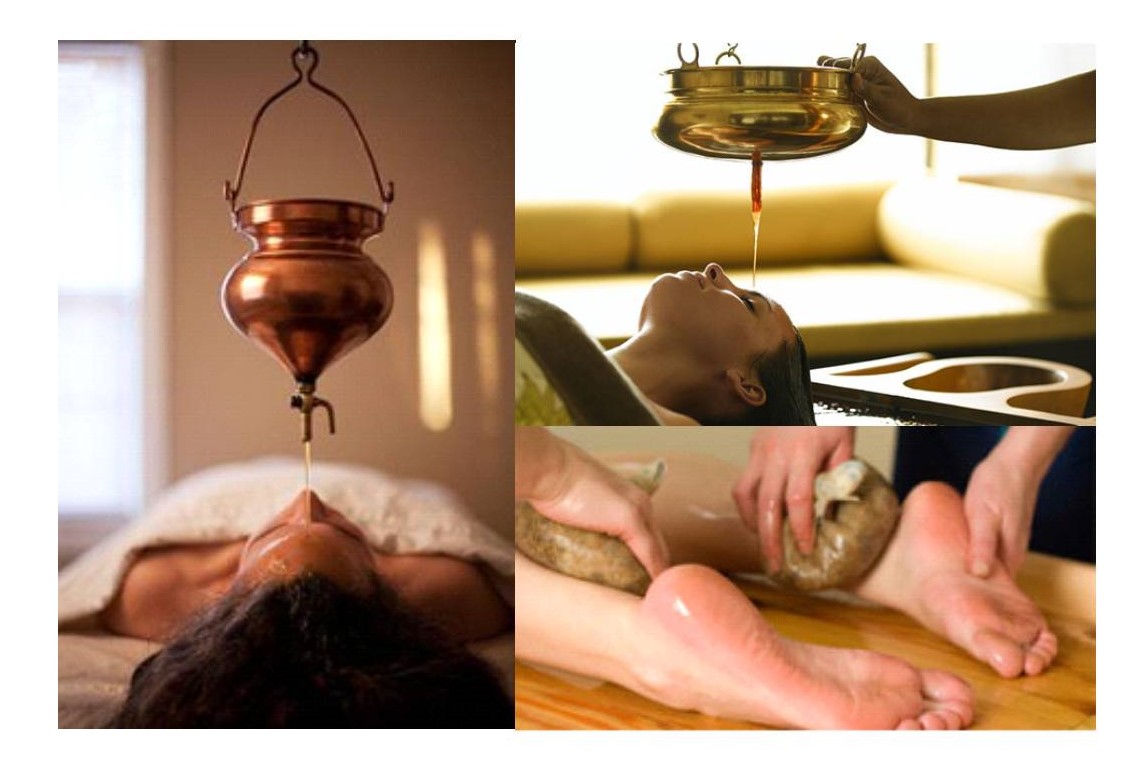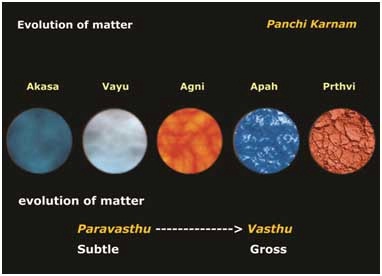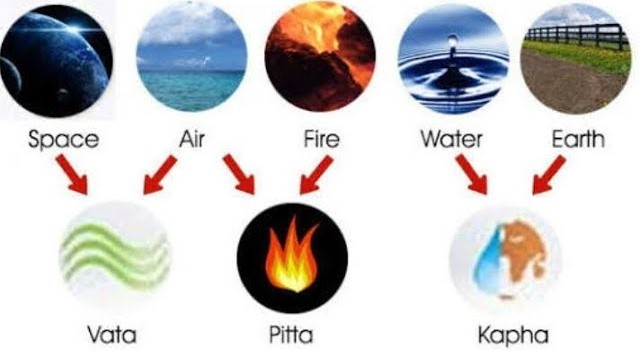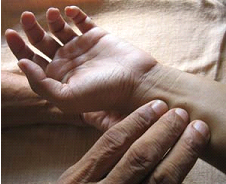Why Siddha?
Why Siddha?
In recent years, there has been a strong worldwide trend in
adopting alternative systems of medicine for various
ailments especially for Non communicable diseases and
chronic illness where modern medical science often
encounters its limits. Siddha system of medicine is one
among the oldest traditional Indian system of medicine,
taking root from south India. Siddha system of medicine
originated from Dravidian civilization in Lemuria, erstwhile
land called kumarikandam submerged.
Siddha medicine, which has always been India’s pride and of
the Tamil’s, is the foot print of the ancient sages called
Siddhars. They were imbued with divine power, immense
knowledge of the flora in their native, rejuvenated their
body, lived for thousand years and attained the stage of
perpetual consciousness or Samadhi with in-depth knowledge
of the science –physical matter, medicine, philosophy which
still astonishes the western world . For a healthy living
the Siddhars have always emphasised the fact of “Prevention
of the disease” and “kaya kalpam”, basic principle on which
foundation, Siddha Medicine is built upon.
The word Siddha emerges from the word ‘Siddhi’ which means
‘unification with the oneness.’. The holistic treatment in
Siddha cures not only the physical illness of the body, but
also purifies the mind, body and soul.
Philosophy
Aseevaga and Sankya philosophies, which are the basic
fundamental materialistic philosophies of Tamil cult, are
the base of Siddha. Later, it blended with Buddhist, Jain
philosophies and majorly with Saiva Siddhantham Cult. Siddha
travelled with religions and philosophies of Indian cult as
Siddhars, the stakeholders looked for truth and shape of
healthy lifestyle.
Siddha Fundamentals
Every life on this earth is a part of the boundless
universe. every change in the cosmos and the planets are
reflected in every life on earth.The undisturbed physiologic
functioning of the matter and life is controlled by the
balance of the macrocosm(universe) which is reflected in the
microcosm (lives on earth).Microcosm,the manifestation of
the pancha bhootams- space, air, earth, water and fire are
organised to a balanced function by aid of the three humors
– Vali, Azhal, Iyam. A balanced three dosham ensures a
regulated and controlled physiological function of the
physical body. seasonal variations,dietary and life style
changes and habits tend to disturb the equilibrium of the
three dosham and lead to diseases.
Diagnosis of diseases in Siddha Medicine claims a special
importance. The Eight fold examination in Siddha medicine
encompasses the methodology of Nadi (pulse Diagnosis),
Neerkuri and Neikuri method. Manikadai nool is a unique
diagnostic parameter.Nadi is the art of assessing the deranged
vali, azhal, iyam nadi commonly seen in the forearms. Neerkuri
and Neikuri is a form of urine analysis implemented in
diagnosing as well as in observing the prognosis of the
pathological condition.
Siddha Therapeutics
Siddha Medicine is flourished with medicinal knowledge of
enumerous flora, metals and minerals and the contribution of
Siddha literature with its boundless therapies and
pharmaceutical preparation is acclaimed excellence even in
modern era. Siddha treatment is not only curative, but also
preventive, endowed with philosophical thoughts which enrich
the mind and body. The refined natural remedies designed in
Siddha Materia Medica, states the uses of herbs, minerals,
animal products and metal ores in combating diseases. The
Rasa,Guna,Veerya,Vipakam of each and every drug defines the
individualistic character of the medicine prepared. Rasa is
the six taste percieved which are
inippu,pulippu,uvarppu,kaippu,kaarppu,thuvarppu.The taste
balances the imbalanced doshams,fortifies and strenghthens
the physical body.Guna reflects the bio availability of the
medicine.veerya is the hot and cold potency of the drug.
Metals and Minerals are made into parpams, chendoorams and
chunnams after careful specified purification of the raw
drugs, to promote longevity, as well as to treat a variety
diseases including even Non -Communicable Diseases (NCDs).
The process of incineration converts the metallic salts into
extremely fine emulsified particles, so that the body can
absorb and process them.The parpam,Chenduram and chunnam
form of medicines are broken down nanosized particles with
effective therapeutic efficacy which is testified in
countless research studies. Recent studies imply the
application of nanotechnology in cancer research and
treatment, such forms of medicines have been in use in
Siddha Medicine since ages. Another specific practice in
Siddha medicine is that each and every medicine is given
along a specific anupanam (medium) which increases the
potency of the medicine and acts as a catalyst. Kaya kalpam
is a distinct branch of Siddha medicine which bestows a
healthy and long life. antioxidants rich kaya kalpam
medicines protects the body from oxidative stress injury and
confers a healthy living.
Siddha Specialities
Siddha system is a unique system compared to other systems
as it is both medicinally, intellectually and spiritually
enriched. Siddha system is bestowed with various specialties
of which few are enumerated below.
Yoga
No matter how each of us define wellbeing, what lies in the
core concept is a healthy mind in a healthy body, empowered by
an indomitable spirit. Yoga brings about this harmonious
integration of mind, body and spirit. The term yoga is not
only confined to physical postures,but it signifies union with
the supreme universal spirit as the word “yuj” which means
unity (union of the mind and body). Thirumoolar, a great Saint
of Siddha, preached and advocated many Yogic Thanthraas in his
very old Tamil text Thirumathiram.
Pranayamam
Pranayamam, an integral part of yoga defined as a science of
cleansing, balancing and gaining control over the life force
(prana). With the amalgamation of traditional and modern
concept, Pranayamam is considered as one of the best
remedy to cure stress and anxiety disorder.
One can control the rhythms of pranic energy with pranayama
and achieve healthy body and mind.
Patanjali in his text of Yoga Sutra mentioned pranayama as
means of attaining higher states of awareness and holding of
breath is an important practice of reaching Samadhi.Pranayama,
not only tones the lungs, regulates the heart rate,
rejuvenates the glands and improves the health of the nervous
system by increasing oxygenation, but also regulates the bio
energy flow of body and harmonizes the alleviated humors to
restore good health.
Kayakalpam
It is a special branch of Siddha medicine which prevents age
related degeneration and prolongs the healthy
living. Kayakalpam means ‘transformation of the body’. But
an analysis into the history and practice
of Kayakalpam reveals much more, than just the descriptions
of exotic and complex herbal formulas designed to bring
about physical and mental rejuvenation.
Varmam
Life, (the bio energic flow) flows in the body in a particular
pathway. Certain key points in the body where life energy is
concentrated (Vaasi ) is called Varma points. According to
Siddha medicine there are 108 KEY points in human body through
which Prana flows in a channeled way. Any trauma to these
vital points may cause loss of consciousness or convulsions or
even death. But gentle vibration or pressure applied in these
points relieves the obstruction of the energy flow.
Varma therapy provides a complete natural healing to
rejuvenate the toxic imbalances.
Alchemy (Rasavatham)
Alchemy is a complex science of converting lower metals to
higher. It can be accomplished only when the atoms of a
substance can be isolated and relocated. Alchemy still remains
as a magical myth, but Siddhars who were devoid of earthly
pleasure used these techniques to reveal the potency of the
medicinal preparations.
Herbal Massage Theraphy (Thokkanam)
Massage Therapy is defined as a passive exercise, involving
the use of medicated oils to rejuvenate the body cells. On
scientific inclination, massage therapy increases the
lymphatic flow, eliminating the toxic substances which cause
ill health
Siddha theory states that massage (Thokkanam) strengthens
blood circulation, facilitates lymphatic drainage, improves
skin tone, promotes the vitality and relaxes the body on the
whole. Massage therapy is a pioneer in treating stress,
injury, pain and many major ailments. It helps in
detoxification of the body favoring healthy body and soul.
Peculiarities of Siddha
Amidst all other medical systems Siddha remains unique,
since it gave equal importance to the external body and
internal soul. Siddha medicine is based on the philosophy
which gave rise to various theories.
Pancheekarnam Theory (Cosmogenesis)
The Pancheekarnam theory, scientifically called Cosmo
Genesis states that the macrocosm is constituted by five basic
elements in which the microcosm is an integral part. Hence,
life and death are brought about by the convergence and
divergence of these basic elements.
Tridosha Theory (humoural pathology)
Siddha science is based on three humors namely vali, azhal,
iyam viz. Wind, Bile and Phlegm. They are the fundamental
factors in the composition and constitution of the human body.
In scientific parlance, Vali, comprehends all the phenomena
which come under the influence of the central and sympathetic
nervous system. Azhal, regulates the function of thermogenesis
i.e. metabolism and process of digestion. Kapham comprehends
the regulation of heat and the functioning of vital glands.
Any imbalance contributes to the ailments which are cured by
balancing the humours. This emphasizes the importance of
humoural pathology, in the diagnosis of disease.
Non-Invasive Diagnostics Eight Fold Investigation (Envagai Thervugal)
Amongst the varied traditional treatments, the Siddha diagnostic
methodology is quite unique and interesting that includes
eight important diagnostic methods namely,
- Naadi or pulse diagnosis
- Sparisam or touch
- Naa or tongue examination
- Niram or colour of skin
- Mozhi or speech
- Vizhi or eye examination
- Malam or faeces
- Moothiram or urine examination.
Pulse (Naadi)
Science defines
pulse
as ‘beat of an artery’, felt at the wrist, with the fingertip.
According to Siddha, the science of pulse is based
on Tridosha theory and can be understood only when acquainted
with immense knowledge. The three kinds of humors are
ascertained from three kinds of movements of the pulse i.e
swift, medium and slow. The textual evidence of Siddhars
immensely helps in tracking down the diagnosis and prognosis
of disease by the nature of pulse reading.
Manikadai Nool
Diagnosis of disease is made by a unique method of measuring
the wrist circumference with the help of simple cotton
thread
Astrology
All the influences that come from the Sun, the planets and
the starts act on human beings. These influences from the
planets are fully diagnosed and dealt under Astrology.
Diseases may often occur without any assignable cause; and
sometimes people get cured without the administration of any
medicine. Such happenings are attributed to the planetary
changes of whose action is upon the human system.
Holistic Healing
On conclusion any medical science, cannot be fulfilled
unless the overall wellness of the human body is
accomplished. A holistic approach involves seeking the
wellness of the patient both physically and mentally.
Holistic healing treats the physical and pschycological
imbalances, choosing to live in harmony of mind and soul. It
is not an alternative to conventional medical care, rather
it’s an integrative option for the betterment of human life.
Contemporaries of Siddha Medicine
With a march of time, Siddha medicine, which was constrained
in palm leaf manuscripts had a reawakening. Many Indian
universities have included the basics of Siddha medicine as
a subject. In Tamilnadu and Kerala, there are eight collages
which teach Siddha medicine as professional course, 1000
primary health care centers and several district and taluk
level hospitals.
The pivotal role played by the department of Ayush under the
centre council for Indian medicine, New Delhi, in promoting
Siddha is the establishment of national institute of Siddha,
Chennai. Private organizations like Arogya health care are
indeed concerned with the promotion of research in Siddha
medicine apart from clinical grounds.
On conclusion, Siddha system strives hard only to
restore the blessing of nature to human beings.



